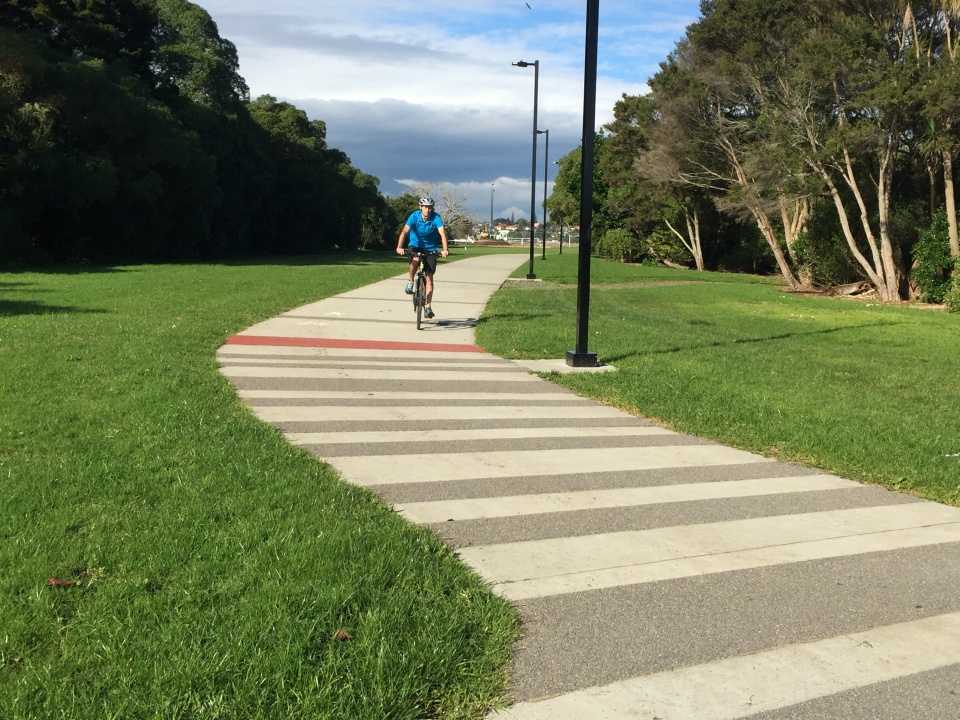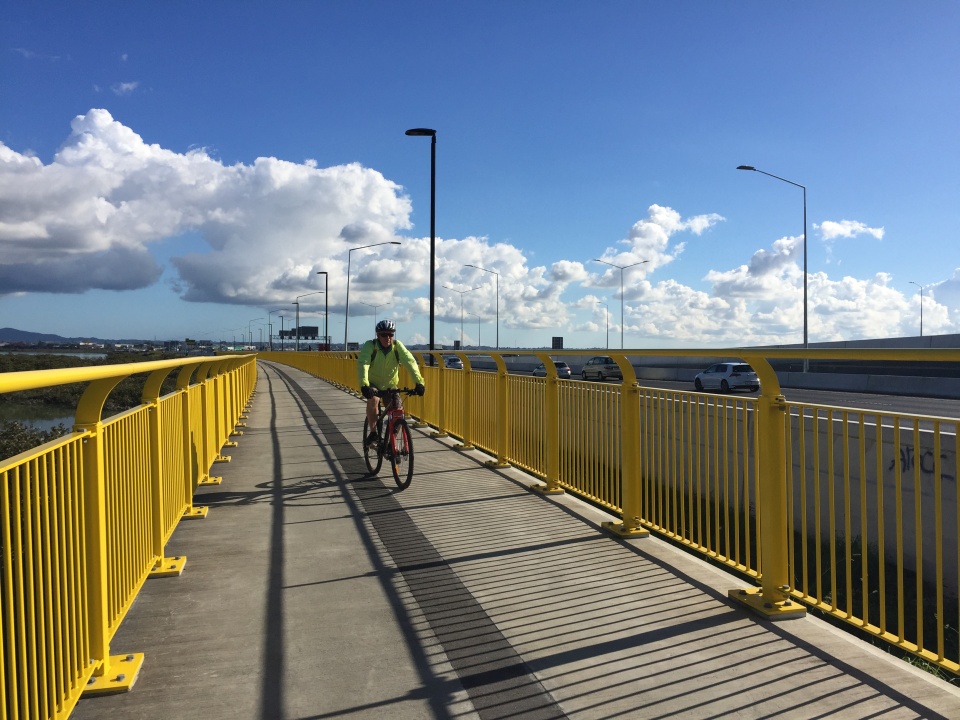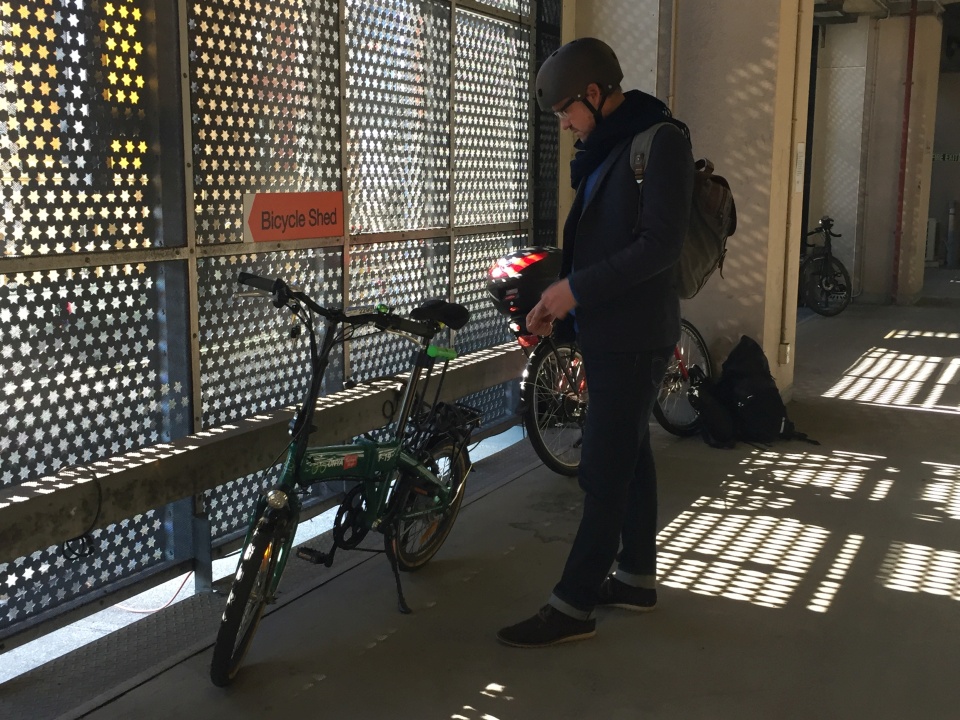You can contact LEARNZ, part of CORE Education, at:
Postal Address:
PO Box 13 678,
Christchurch 8141,
New Zealand
An easy and healthy way to travel around your neighbourhood is by walking or ‘wheeling’. Street design plays an important part in making walking or wheeling a good option for getting around. There is a range of low-powered wheeling options.

Image: LEARNZ
The way we get around our local streets can affect road safety, our fitness, health, and happiness. Places with more active travel and exercise are generally healthier and happier.
An effective way to get around your neighbourhood is by walking or ‘wheeling’. It is cheaper than driving, is enjoyable, helps you get some fresh air, enables you to be more sociable, and it keeps you fit. What’s more, walking or wheeling helps reduce traffic congestion, vehicle emissions and other pollutants.

Image: LEARNZ
Making streets safe for all modes of transport is a key part of modern street design. Things like bumpy footpaths and limited road crossings can mean getting around by walking and wheeling is not always the safest option. Therefore, modern street design needs to look at making streets safe and purpose-built to encourage all types of transport.
Changes to streets can help people use them in more effective and beneficial ways. Pedestrian crossings can help you cross the road more easily. Smoother and wider footpath surfaces can make them easier to use. Increased public transport and easier access to these services can reduce traffic on roads. And altering roads to slow down cars, or even divert them away from some areas, can make getting about by walking or wheeling a lot safer.

When it comes to wheeling, the use of e-bikes and other low-powered vehicles (LPVs) is on the rise within New Zealand. Technology and lower prices are the main reasons for this increase in popularity. They are also readily available to hire, particularly in urban centres, throughout the country. Perhaps you have noticed how LPVs are becoming more common on New Zealand roads and footpaths.

Image: LEARNZ
There are many LPV options for travel or recreation. These include:
While these vehicles and devices offer the benefit of increased mobility, there can also be an increased safety risk on and around the road for you and others. The Being Travel Smart background reading will give ideas for how to use LPVs, and human-powered devices such as skateboards, scooters, and skates, in a safe and considerate manner.
Ready for a Quiz? Try the Walking and Wheeling interactive activity.
Innovation of LPVs is happening at pace. The increasing variety of vehicle types and their capabilities means that keeping up to date with regulations for their use is tricky! You are responsible for finding out the rules and requirements for using LPVs. The configuration of the vehicle or type and power of the motor may determine whether there are specific requirements for its use. For example, if wearing a safety helmet is a requirement, or if you can use the LPV on the road, footpath, or both. Manufacturers and retailers will not always provide this information.
Find out more about the technical requirements of low-powered vehicles – such as e-scooters - and where you can ride them.